Side Sleeping Positions: Which One Is Yours?
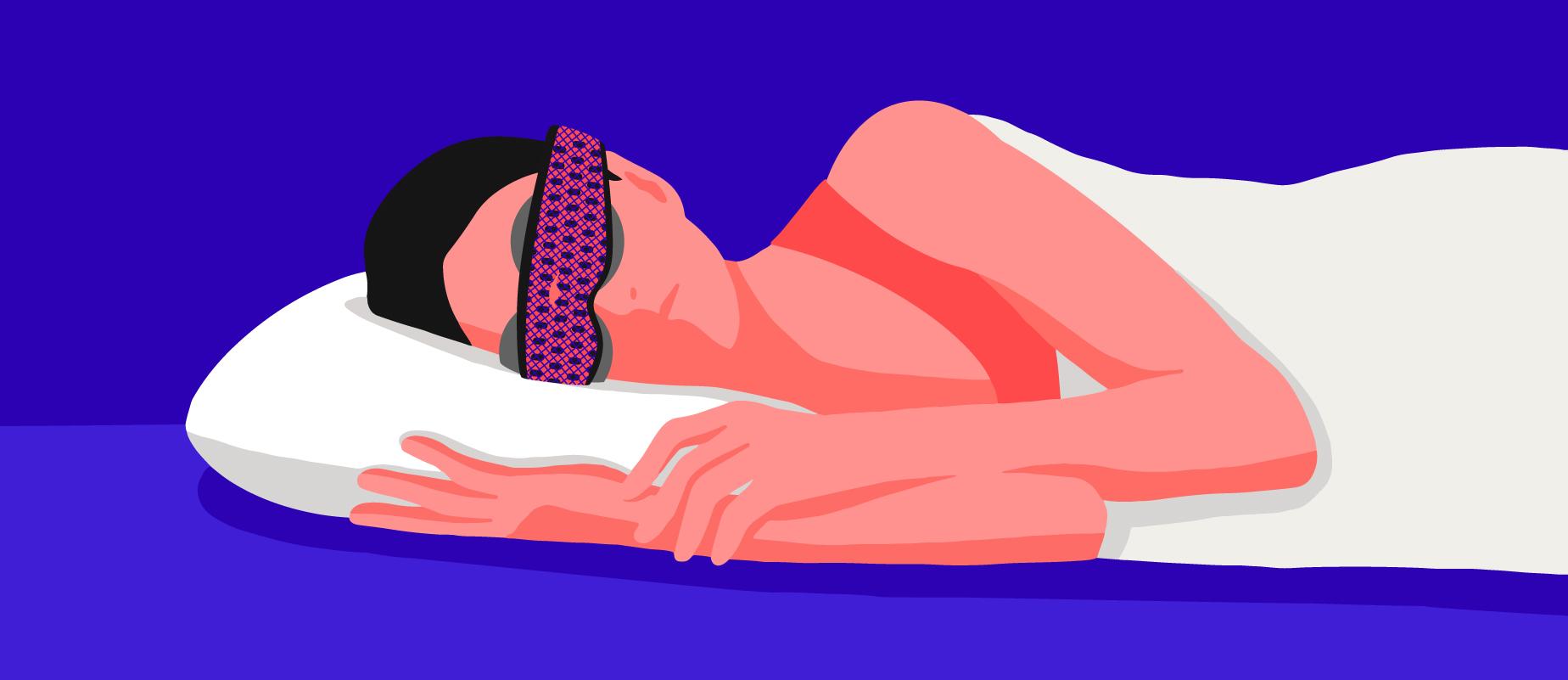
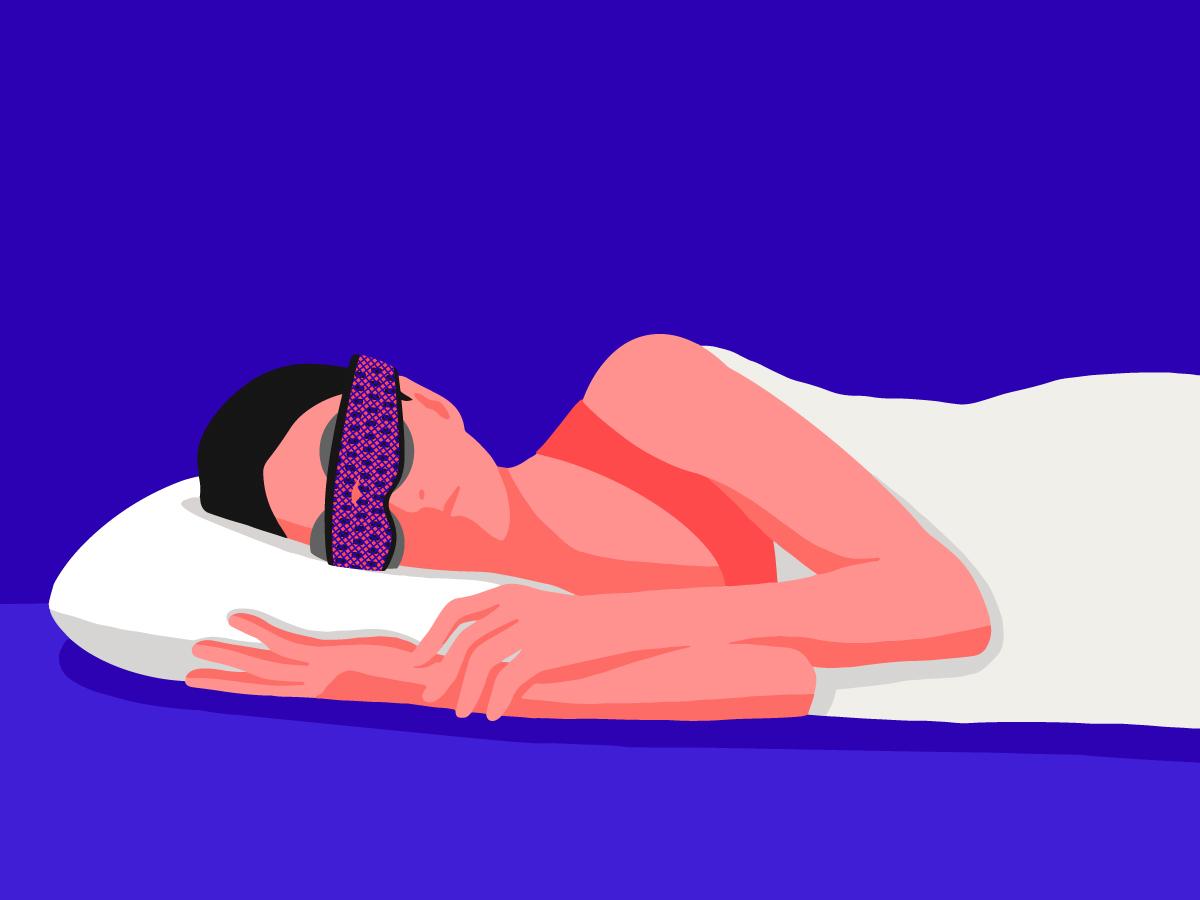
Sleep on your side? You’re one of many that do. But did you know there are different side sleeping positions? Read this article to find yours — and what it says about you.
First, some background on your sleep position. Not only is it more common than sleeping on your stomach or back, but it's healthier in many ways. In fact, it is considered the best sleeping position. Sleeping on your side reduces snoring and lower back pain. It helps your brain and digestive system get rid of waste. And it's the recommended position for pregnant women. It also happens to be one of the best sleeping positions for neck pain.
The thing about side sleeping is sometimes it causes shoulder and neck pain. But there is a way to avoid these pitfalls if you do it right. To learn how, read our article on how to sleep on your side.
Now let’s get started on the different types of side sleeping positions. We’ll also talk about the different kinds for couples who share one bed.
Fetal Side Sleeping Positions
This is the most common of them all with 47% of Americans sleeping in the fetal position. And 54% are women, according to Better Sleep(1).
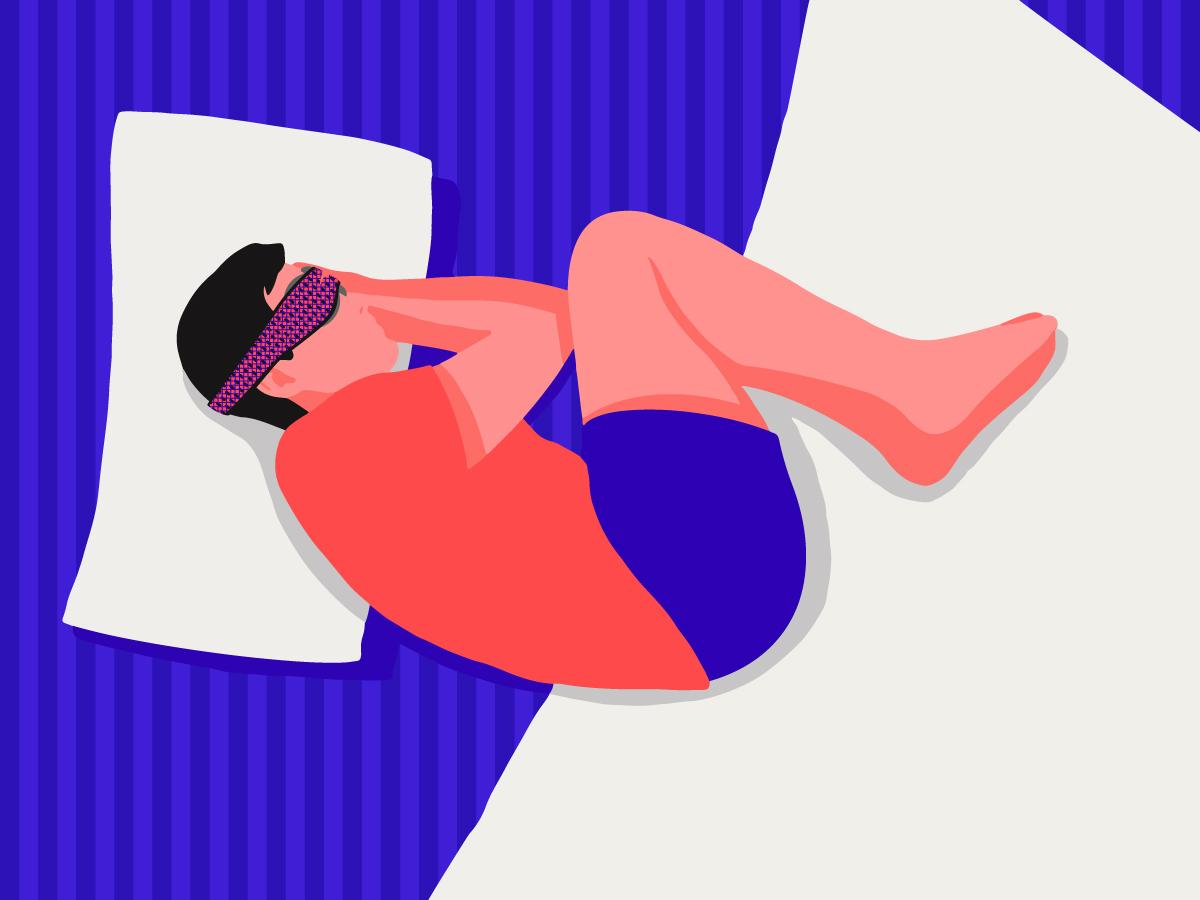
This is your position if you sleep on your side with your knees pulled up to your chest. Much like a fetus in the womb.
This position is beneficial to people who have acid reflux. It’s also good for older people who have a harder time moving their spines the way they used to.
People who sleep in the fetal position are likely sensitive and shy. They also tend to worry way more than is good for them. They take time to warm up but once they do, they reveal how organized and honest they are. They also look for comfort, be it physical or emotional.
But there are other types of fetal positions, too.
Semi-fetal
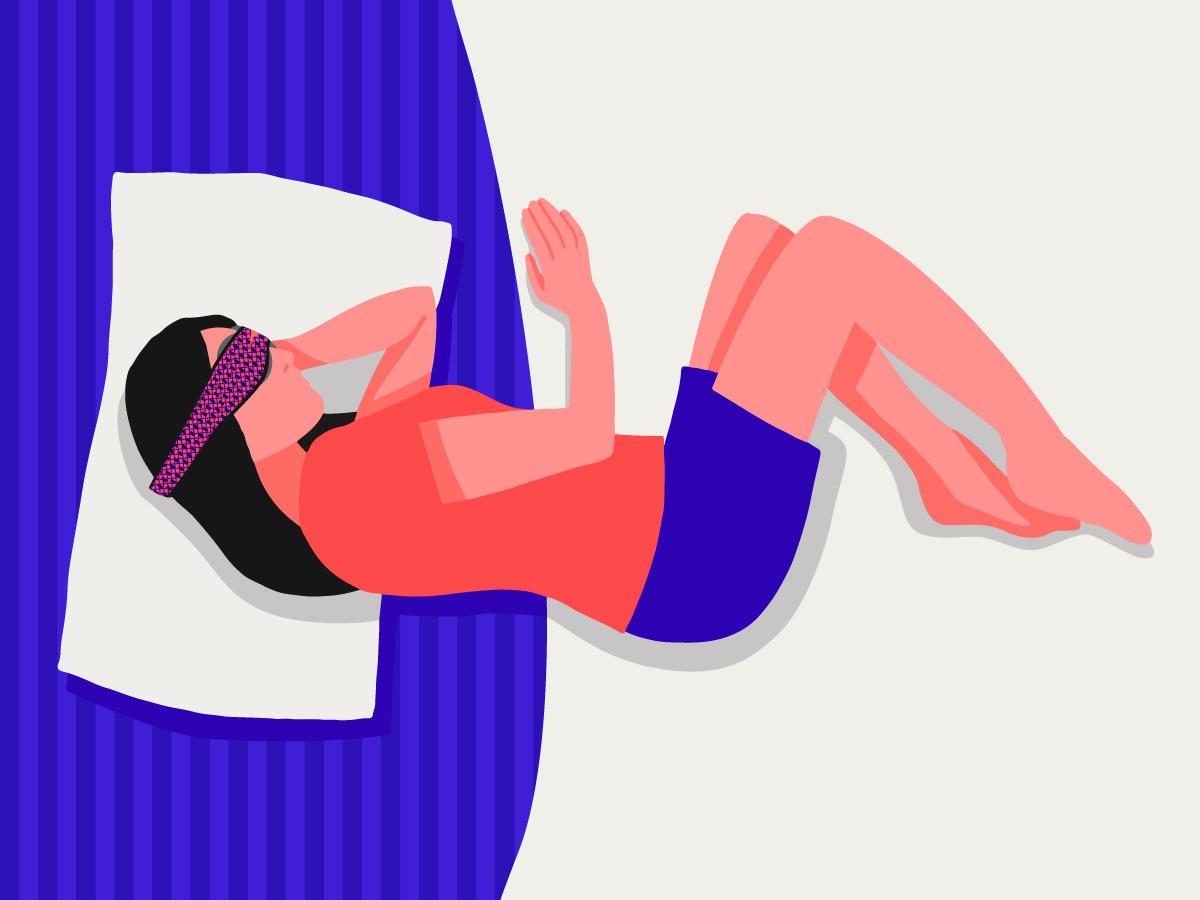
The semi-fetal position is pretty much the same as the fetal position. It’s just that the legs of the sleeper aren’t curled up all the way to the chest.
This position is especially good for heartburn. Sleeping on your left side reduces pressure on the esophagus. And it also helps with acid reflux.
But a semi-fetal position suggests a more relaxed demeanor than its fetal counterpart.
The Thinker
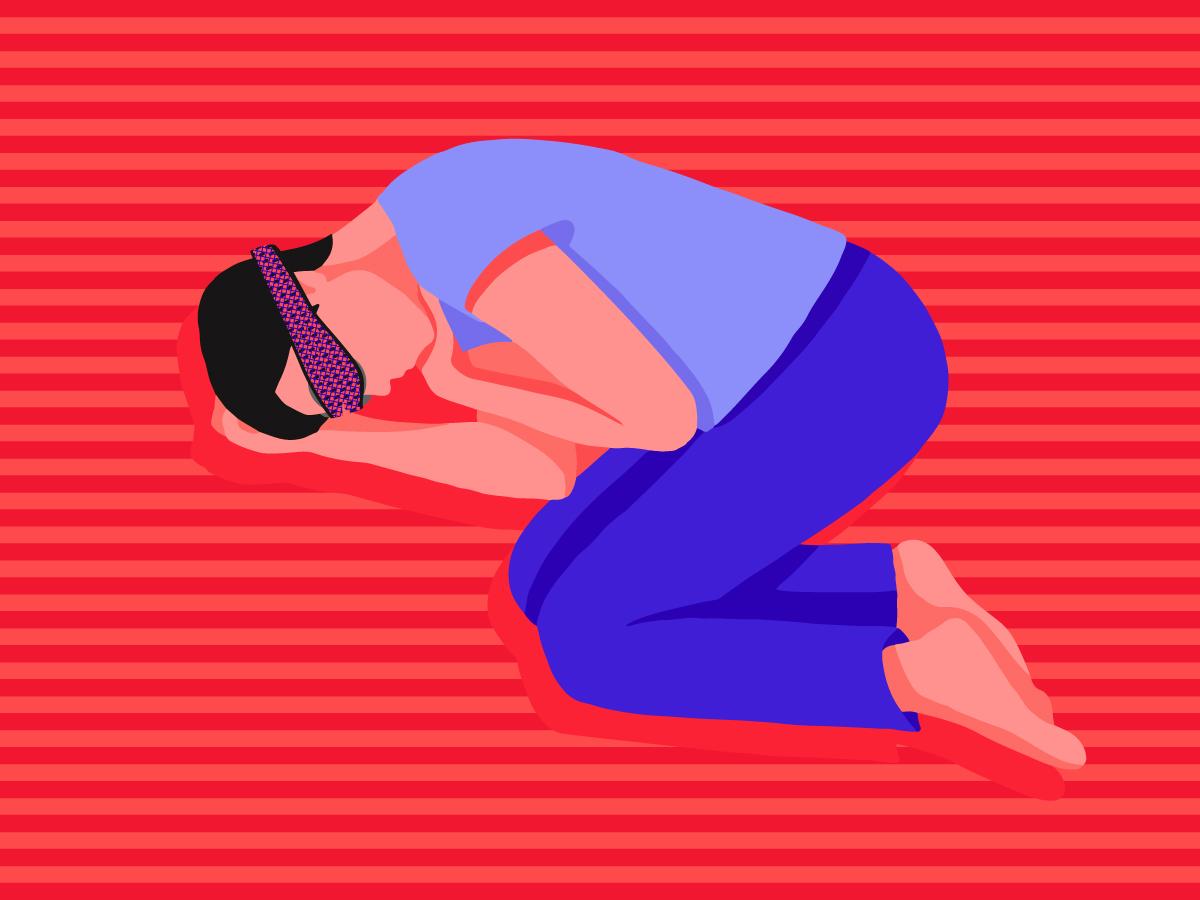
The Thinker is like the standard fetal position with one exception. The sleeper tucks their hands under their chins.
People who sleep in this position are likely emotional creatures. They’re full of passion and sometimes let their intense feelings run the show.
The Log Side Sleeping Position
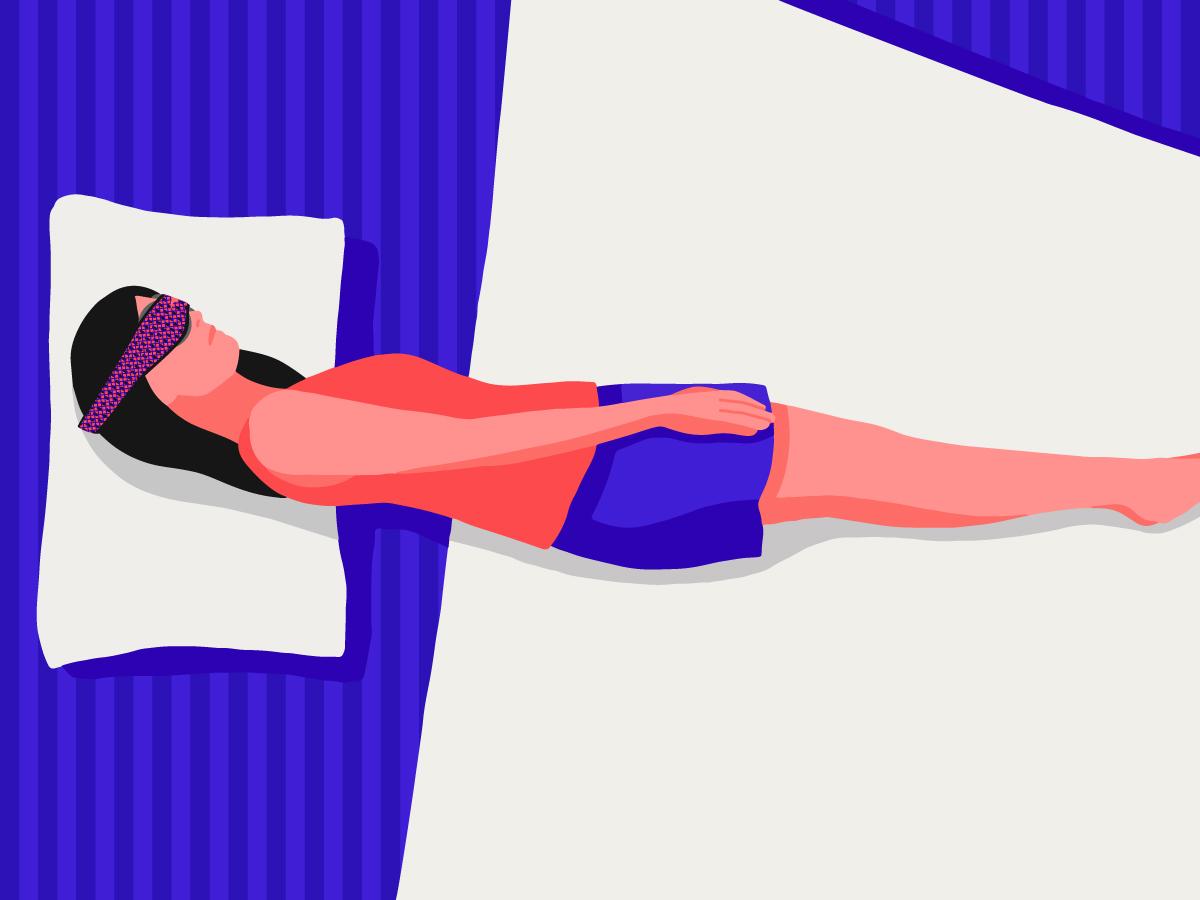
We like to call this one “The Plank.” (Go figure.) People who sleep like this lay on their sides with their legs and arms stretched out.
It seems simple enough. But this side sleeping position isn’t as easy or common as you might think. In fact, only 6% of Americans do, according to PsyCom(2). Maintaining this the entire night is difficult. Something’s gotta give like a bent arm or leg.
But, those who literally sleep like logs are supposedly people persons. They’re outgoing, friendly and can work any room. Their side sleeping position may seem rigid, but their personalities sure aren’t.
Yearner Side Sleeping Position
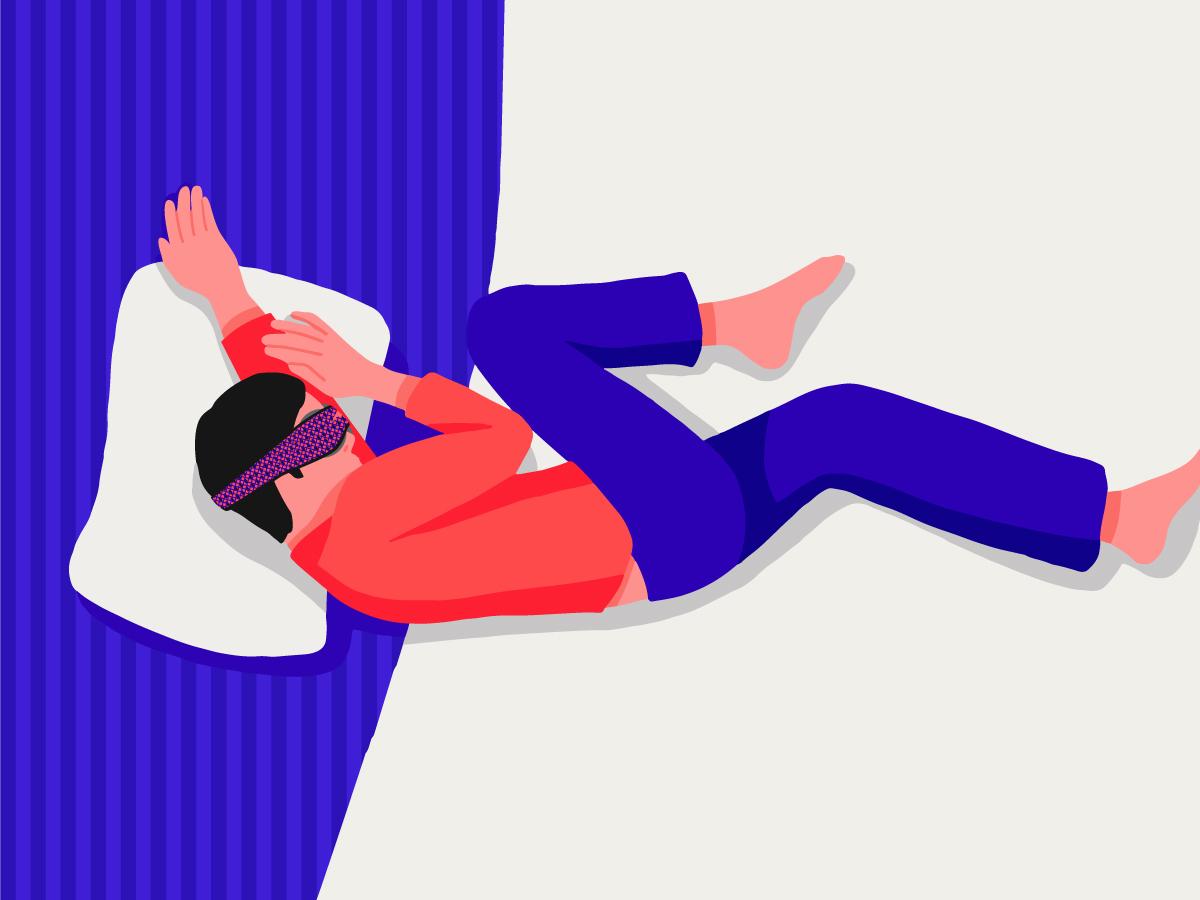
If you’re a “yearner,” this means you sleep on your side with your arms stretched out in front of you. It's like you’re grasping for something. Healthline says a survey by Better Sleep Council found that 13% of respondents sleep in this position(3).
Unfortunately, this leaves you more prone to waking up with pins and needles in your hands and wrists. So, make sure to move them before going back to sleep.
When it comes to personality traits, yearners are more cautious than most. They take longer to make decisions. But when they do, there’s no turning back. Also, they tend to be more cynical than most.
Pillow Hugger Side Sleeping Position

If there’s a side sleeping position that requires pillows, this is it. Huggers sleep on their sides embracing a pillow with their arms, legs or both.
It’s a good position if you’re stressed and anxious. Hugging a pillow close may make you feel calmer. Placing a pillow between your knees also helps sleeping with lower back pain.
Huggers are strong yet affectionate. If this is your sleep position, then you likely value relationships. You hold your friends and family close.
Side Sleeping Positions for Partners
There are also couple sleeping positions that involve sleeping on your side. Psychologically, how you sleep as a couple is telling of your relationship.
Spooners
The spooning position means you both sleep facing the same side in a semi-fetal position. The outer spoon sleeps embracing the inner spoon. The inner spoon feels protected by the outer spoon.
This sleep position suggests that the couple has a good relationship. They sleep touching each other. This is more common in new couples.
Loose Spoon
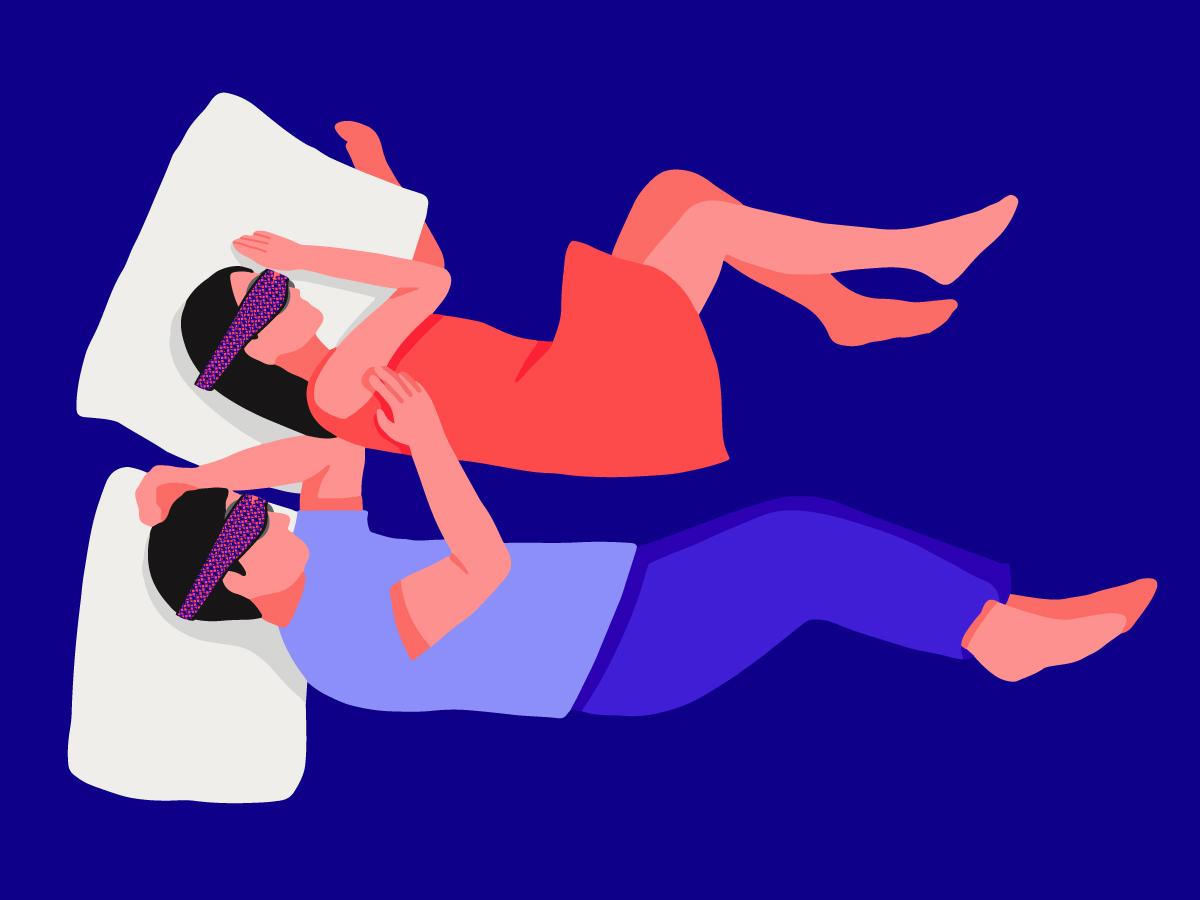
Couples who have been together for quite some time sometimes sleep in this position. This is similar to spooning except they sleep a bit further apart. One may be touching the other.
This suggests that they can give each other space. But this doesn't compromise their happy relationship.
Chasing Spoon
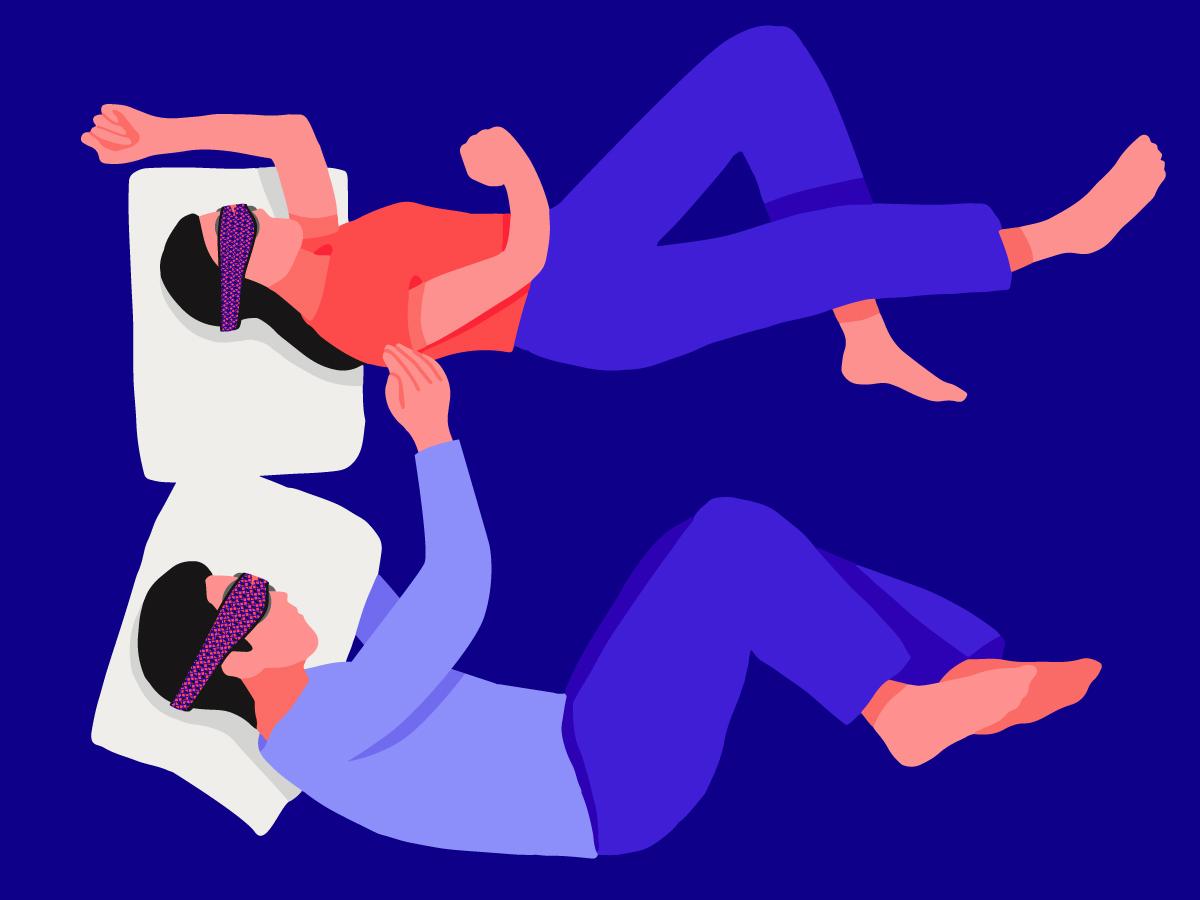
This position consists of the inner spoon sleeping in a fetal position facing one side. The outer spoon sleeps in the Yearner position facing their partner.
There’s more space between the two. Psychologically, this could indicate that the outer spoon needs more attention. It could also mean that the inner spoon needs space in the relationship.
Back-to-Back Position
There are two variations of this position.
Touching
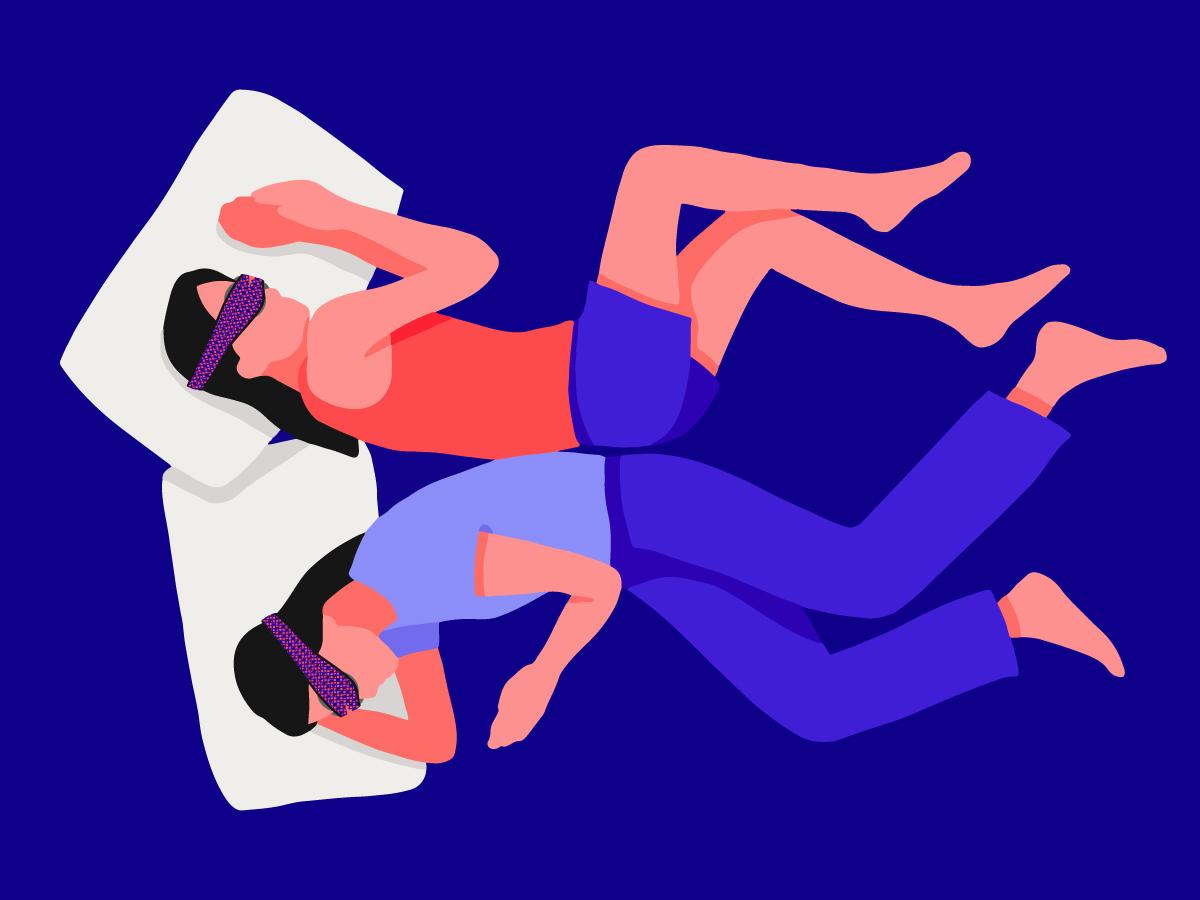
The first is partners sleeping on their sides. But they’re facing in opposite directions with their lower backs touching.
This could show that both value space in the relationship. But they still want to connect in sexual and emotional ways.
Not Touching
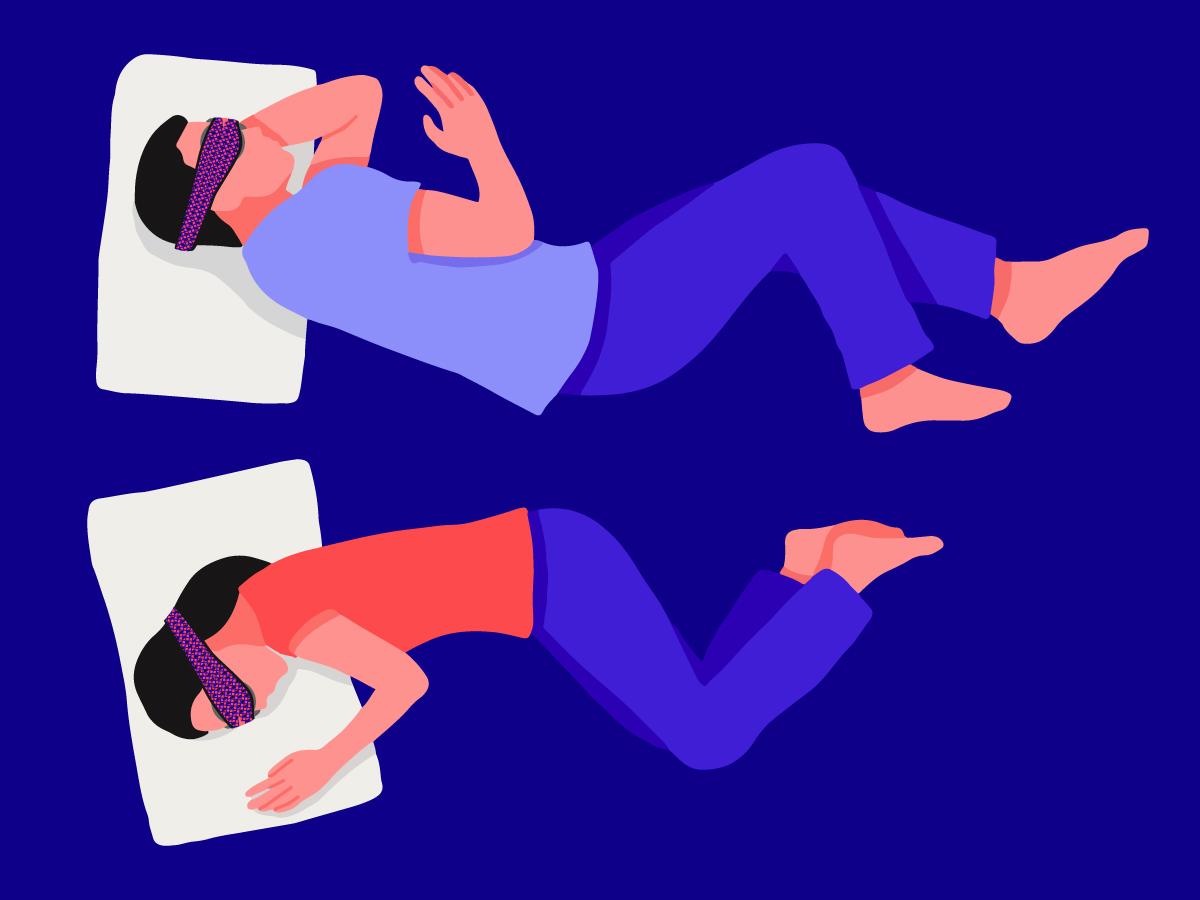
This sleep position is a variation of the back-to-back. But there is space between the partners.
While it's easy to assume this indicates trouble in paradise, that’s not always the case. In fact, it might represent that both are secure in their relationship.
Yet, it could also mean a desire to be independent of each other. This is when they’re far apart to the point where they're on opposite sides of the bed.
Face-to-Face Position
Like the back-to-back position, this one has two types.
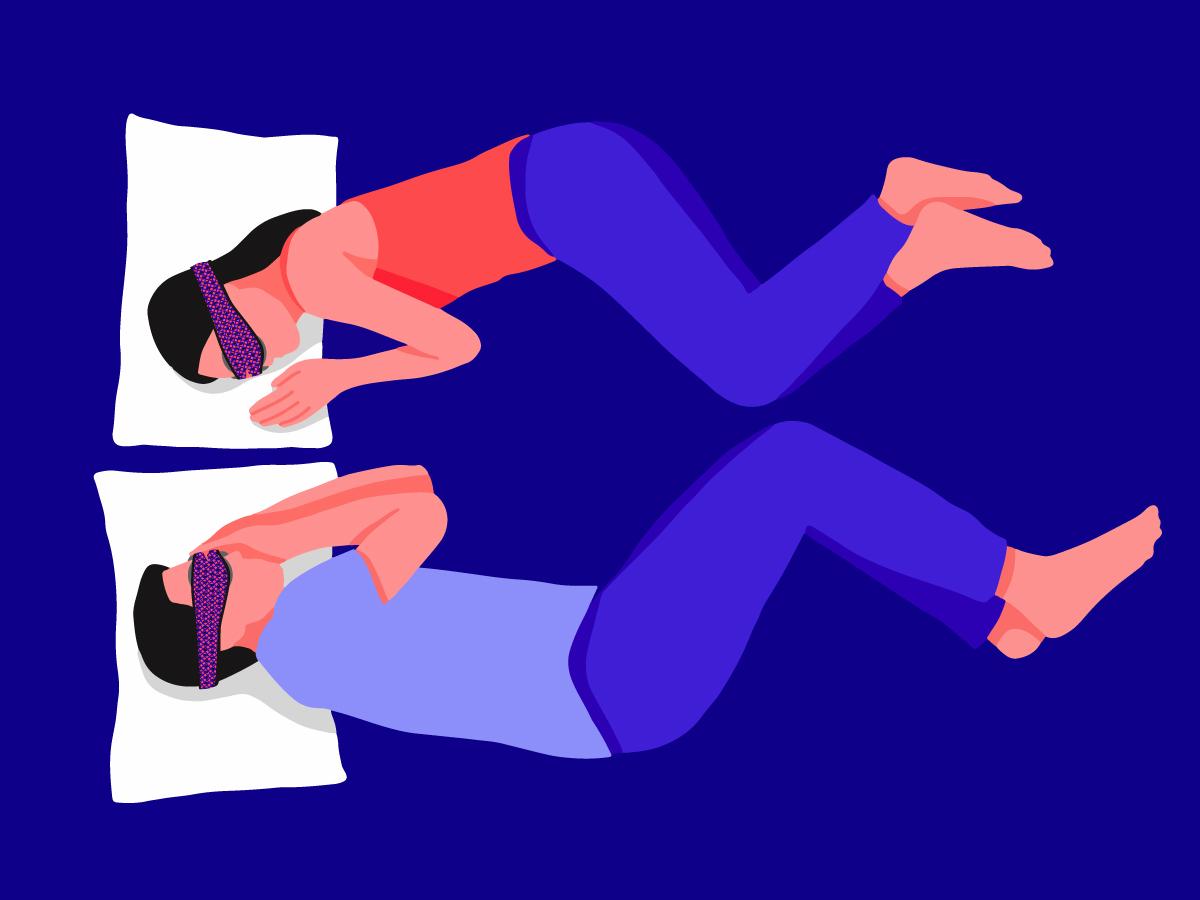
One is the No Touching but Face-to-Face position. This is when the couple sleeps facing each other yet not touching.
This might mean there’s something lacking in the relationship. But since they’re facing each other, it’s possible to work out a solution.
The other is simply the opposite. The Face-to-Face but Touching position is when couples sleep on their sides facing each other with one arm touching their partner. Apparently, this is a rare sleep position.
And what it likely means is you and your partner have a lot of similarities and a solid relationship.
Tips for Comfortable Side Sleeping
So, now you know what your side sleeping position says about you. It’s time to make sure that you’re doing so in comfort.
We already mentioned the downside of sleeping on your side. This includes neck, shoulder or back pain. And sleep accessories make all the difference.
Pick the Right Pillow for Your Side Sleeping Needs
First, it’s important to choose the right pillow (or pillows). To support your head and neck, choose a pillow that’s thick enough so there isn’t a gap between your neck and shoulders.
Most side sleepers prefer a high-to-medium loft pillow. But there are those who prefer something lower. A good rule of thumb is to use one with an adjustable loft. You can also opt for a contoured pillow with the lower portion having a higher loft.
Also, pick one that’s made from breathable fabric. Side sleepers move more than others during the course of the night. You’ll want something that won’t make you feel hot or sweaty.
If you’re a pillow hugger, which also applies to those who are pregnant, get a body or knee pillow. Putting it between your legs keeps your hips and legs aligned with your spine.
Use the Best Sleep Mask for Side Sleepers
In case you don’t yet, consider using an eye mask for better sleep. Complete darkness tells your body it's time to wind down (light does the opposite). It also triggers your body to make melatonin, the sleep hormone.
But the problem with most sleep masks is they either slip off as you’re switching sides for the nth time. Or they add extra bulk to the sides of your head and irritate your ears. Another issue is they don’t block out light like they’re supposed to.
Why not try the best sleep mask for side sleepers? We designed Manta Sleep Mask PRO specifically for all side sleeping positions.
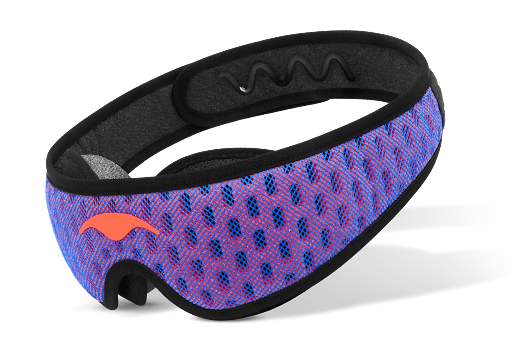
The PRO has C-shaped convex eye cups that 100% block out light. But it doesn’t put any pressure on your eyes or lashes. The cups taper near your temples so there’s no extra bulk. They’re detachable so you can position them anywhere within the mask’s interior.
The head strap is infinitely adjustable and sits right above your ears. It’s made up of 3 layers: mesh, perforated foam, and a Tactel® interior for a superb fit and advanced breathability. The interior is softer, more breathable and faster-drying than most other fabrics.
Plus, the strap has a grippy gel to ensure the mask stays on when you shift sides.
Choose the Best Mattress for Side Sleepers
Last but not least, is the right mattress for side sleeping positions. You need something that’ll relieve the pressure on your sides. That’s why it’s wise to pick one that’ll hug your body. We recommend one that’s made from memory foam.
Side sleepers tend to feel hotter with all the movement. That’s why it's advisable to get a mattress made from cooling materials. Some even have cooling gel.
You also want to pay attention to the mattress coils. One enemy of side sleepers is a saggy bed. Your body needs all the support it can get, so your spine isn’t bent unnaturally.
Needless to say, pick the right mattress size. Especially when there are two of you sleeping in the same bed.
Bottom line: there are many different side sleeping positions. And each one can tell you more about yourself and your partner. But remember, these aren’t cut and dried. They’re theories. Don’t assume your side sleeping position makes or breaks your relationship.
Interested to learn more about side sleeping, read our article on what’s the best side to sleep on. If you’re curious about other sleeping postures read our blog posts on the zero gravity sleep position, prone sleep position and supine sleeping position.
Sources:
(1) “Starfish or Freefall? What Your Sleep Position Can Tell You.” Better Sleep, bettersleep.org/better-sleep/sleep-positions/. Accessed 08 December 2022.
(2) “What Your Sleep Position Says About You.” PsyCom, www.psycom.net/sleep-position-personality-traits. Accessed 08 December 2022.
(3) “What Does Your Sleeping Position Say About Your Personality and Health?” Healthline, www.healthline.com/health/healthy-sleep/what-does-your-sleeping-position-say-about-you. Accessed 10 December 2022.
Disclaimer: The information contained in this website or provided through our blog, e-mails, or programs is for informational purposes only. It is not intended to be a substitute for medical advice, diagnosis or treatment that can be provided by your healthcare professionals.












































